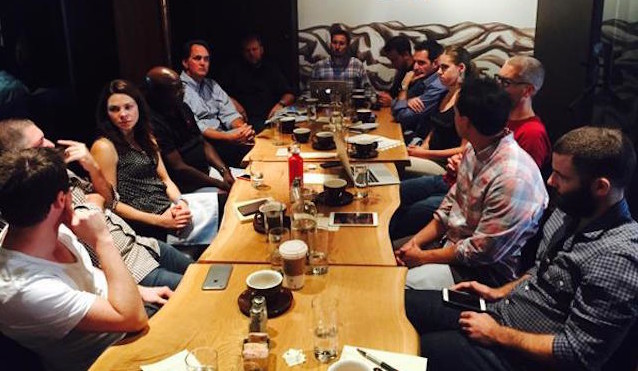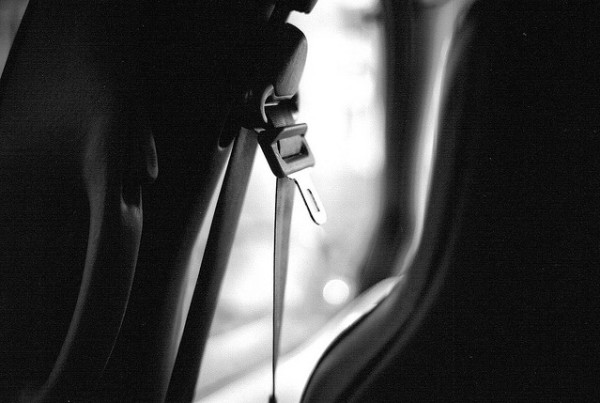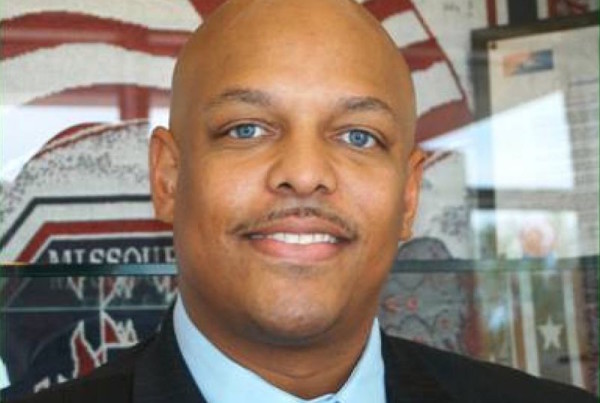The rise of the freelance economy has gotten plenty of attention over the past several years. Headlines were made when Intuit predicted that 40-percent of the U.S. workforce would be contingent workers by 2020. And in 2015 it’s estimated that 53 million Americans, or 34 percent of the population, qualify as freelancers.
But where do these 21st century employees work? At one time they were stuck in their homes or nearby coffee shops but now, thanks to coworking spaces, things have changed and many of these freelancers work in cool open layout offices surrounded by other passionate people who have a variety of skills.
Liz Elam, founder of LinkCoworking, is a prominent voice in the coworking community.
Back in 1999, Elam was preparing with a colleague before a big meeting in a traditional business center, complete with mahogany walls and a shoeshiner, frequented by men in suits.
She says it made her think: “I get the need for the space to meet before the meeting, but I hate this space.”
After a visit to New York, she says she imagined a better working space, more similar to a fancy hotel lobby than an office of cubicles.
“I missed being around people – I worked from home for nine years,” she says. “You can’t high-five your cat.”
The distractions pile up – the doorbell, the phone, the laundry – and it’s easy to become disengaged when you work alone at home. With more workers choosing to freelance, they will need that same social atmosphere to feel productive and engaged.
Elam says Austin was one of the first in the country to have multiple co-working spaces. Dallas is booming as well, but Houston is “a sleeping giant.”
“I’m sure it’s coming, but also you’ve gotta to convince gas and oil to get out of the glass tower,” she says.
Elam says business in the Valley is happening, in part because of the mix of people using co-working spaces.
“Because co-working makes opportunity… it inspires people and it gets people together,” Elam says. “When you get people together, things happen.”














